We live in a strange time.
Many have forgotten the power of imagination and are instead bogged down with the reality of ‘practicality’. The reality of ‘the budget’, and the reality of ‘what is deemed useful and what is deemed useless’. Many have come to the conclusion that the study and exploration of space is a useless endeavour and that we cannot afford to waste our time on something that is more akin to a child’s fantasy, our immature dreams from our ancient past.
This is not only false but disregards the minds of scientists throughout the centuries who always placed the power of imagination at the helm of their navigation. Imagination allows us a glimpse of the unknown before we can confirm it to be known. It is with our ability to first imagine new possibilities that major discoveries can then be born.
This class will discuss ancient as well as modern Chinese astronomy, which like ancient Egyptian and Greek astronomy, would not have made their revolutionary discoveries if they had not first dared to imagine there existed a purpose and therefore a knowable explanation for how the universe works. This will serve as a reminder to those of us who have forgotten or are in the process of forgetting, that the study of astronomy has always been at the core of humankind’s exploration for meaning and purpose. And if we accept such a challenge, the opening up of the most impressive kind of potential and responsibility for the future of humankind lies before us.
[Transcript of a lecture given by Cynthia Chung at ‘The Universe, Creativity and You‘ Symposium.]
The ‘Guest Star’
Let us start our voyage in 1054 AD. Chinese astronomers at this time observed the sudden appearance of a new star in the sky, which was incredibly bright, much more so than any other star in the sky.
This was not the first time that the Chinese had observed such a phenomena. In 185 AD, the Chinese were the first in history to ever reliably record the observation of a suddenly appearing star in the sky. This very rare phenomena was nicknamed kèxīng which means ‘guest star’, since it would only remain visible in the sky for a short amount of time, around several months. The picture shown here is obviously not a real picture but a digital recreation of what it probably looked like, although it could have been even brighter than this.
There have only been five reliable recordings of a such a phenomena in history. In 185 AD, 1006, 1054, 1572 and 1604.
Though it was widely reported in China, other than Japan’s note of the 1054 AD ‘guest star’, only one other record exists from outside East Asia; an Arabic work which cites its observation, probably originating from Constantinople but not confirmed.
However, it was the Chinese who would most accurately map and describe the ‘guest star’. In fact, the 1054 AD observation by chinese astronomers was the first description of a ‘guest star’ that met a standard suitable for modern astronomy, such that astronomers today rely on much of the data recorded from this 1054 AD documentation in their studies.
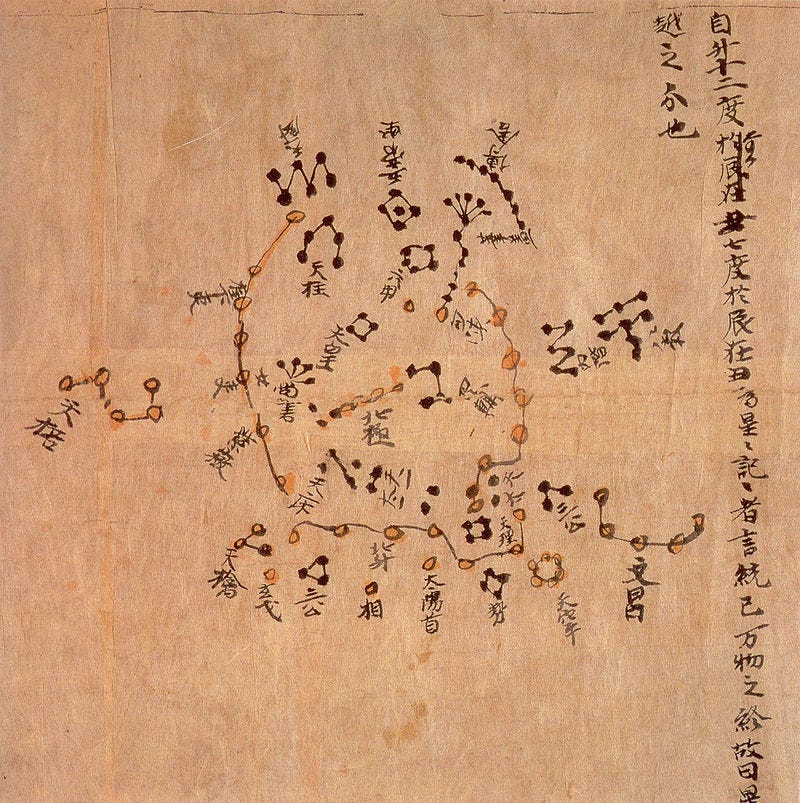

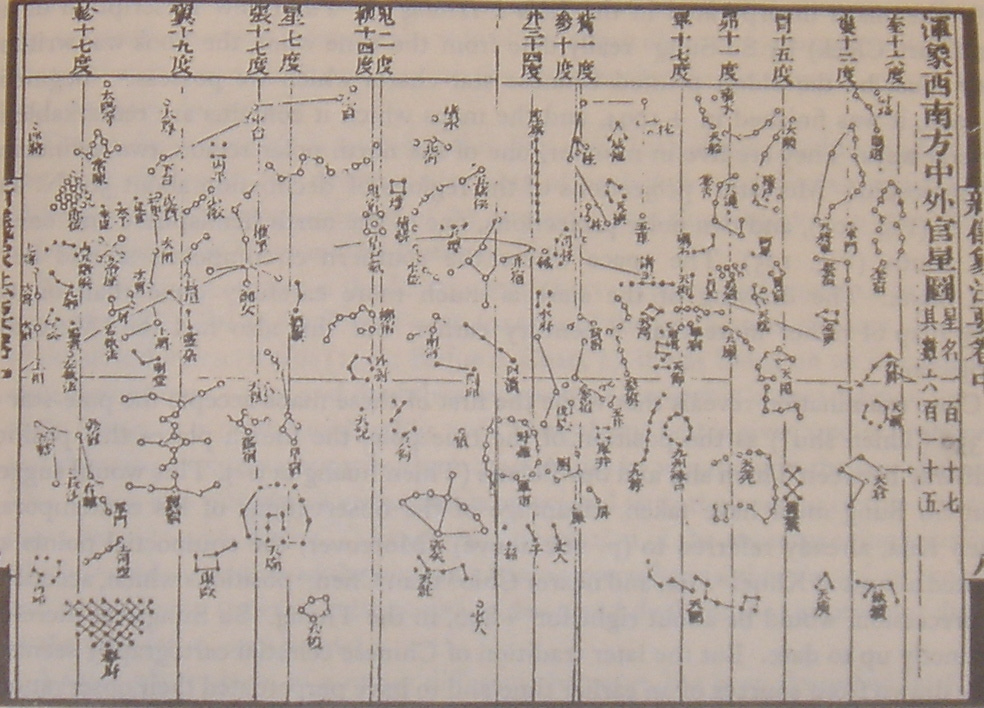
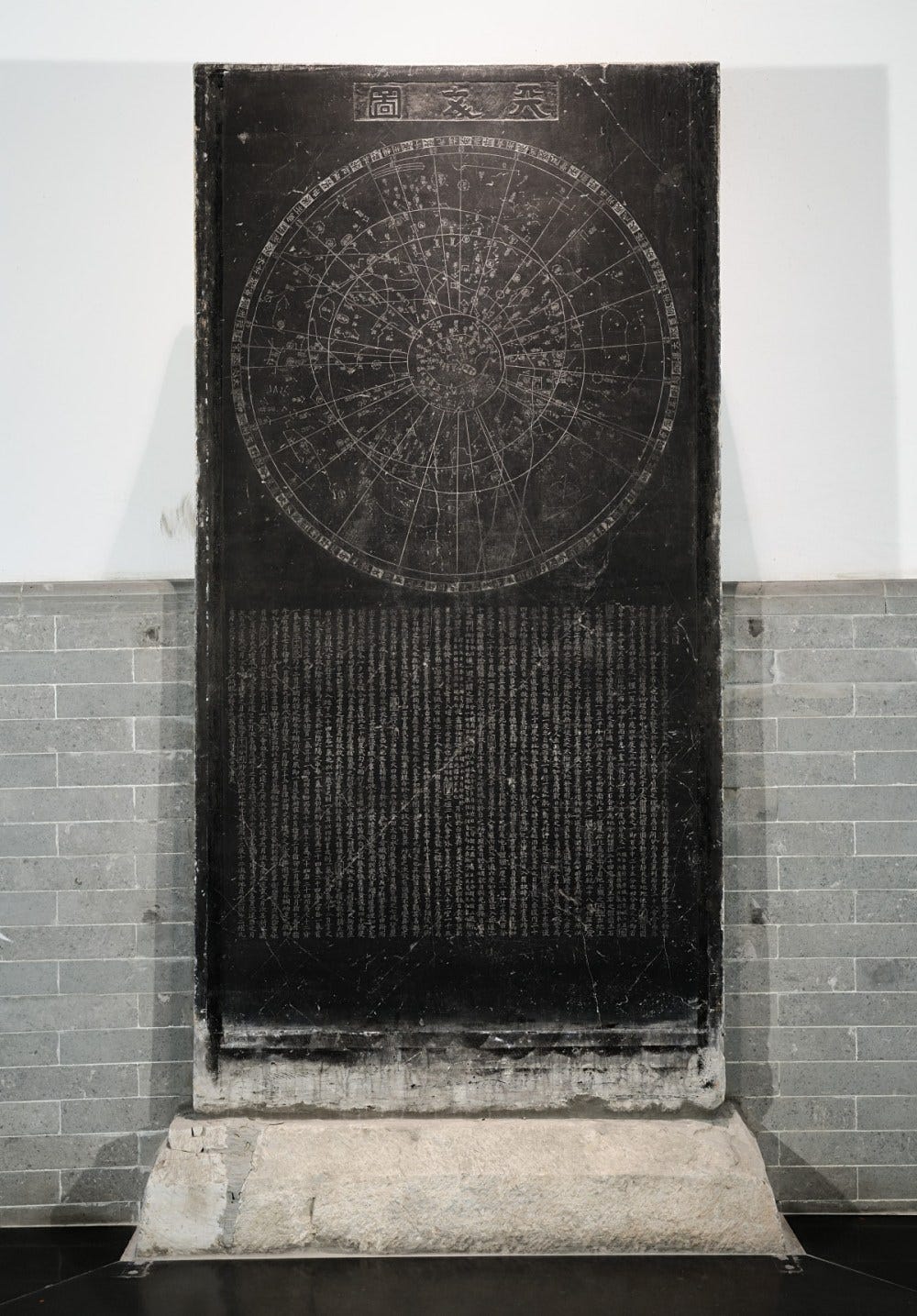
So what was it that the ancient chinese astronomers actually observed and what is its significance?
Before this mystery is named let us first go over what we now know about how light travels through space and what it consists of, since this was afterall what the ancient astronomers were entirely working with since they had no other tool at the time but the direct observation of light in the sky.
What is Light?
Light is emitted in the form of electromagnetic waves. The below picture shows the different electromagnetic waves that are known so far, which consist of periodic variations of electric and magnetic field intensity. As you can see from the diagram the spectrum of light visible to the human eye is very small (and by the way, these are all considered forms of radiation).
The reason why space often looks black to us is several fold, for visible light to travel through space it not only takes time and is not an instantaneous thing, but it also depends on how light is being bent in space, if the source of light is moving towards us or away from us and whether an object is actually emitting visible light and not some other form of light, like gamma rays or radio waves. With the naked eye we are actually extremely limited in seeing most of the forms of light which actually fill all of space. That is, “space” or better called “the Universe”, is filled with light- our eyes just can’t see most of it. With aid of modern telescopes that can view various spectrums of light, we are much better able to appreciate the majestic beauty of what truly fills what we first thought to be just dark space.
In addition, not all visible light is qualitatively the same. For instance sunlight appears as white light to the human eye, but is actually made up of all the colors of the rainbow, it is in fact why we see the phenomena of rainbows in the sky, the effect of sunlight being refracted by rain droplets. Trillions of rain droplets are all refracting the sunlight at the same angle such that you get the effect of an arch of rainbow.
Think about how odd this phenomena would sound to you if you didn’t have the ability to see it yourself! If you couldn’t see the visible light spectrum the sky would look like an entirely different thing. The sky wouldn’t even be blue!
Not all visible light sources in space generate ‘white light’, but can generate light consisting mostly of ‘red’, ‘blue’ or other spectrums of visible light. Our eyes do not see all forms of light equally and therefore even amongst the small spectrum of light that is deemed visible to the human eye, we do not have the capability to view certain parts of the visible spectrum as well as others.
Our eyes alone are thus extremely limited in their ability to observe the night sky, even on the clearest of nights.
But that is not the whole of it. How we see our surroundings on earth in clear daylight is actually something we are also very limited in!
Here is a comparison between human vision vs that of bees, birds and fish which all can see parts of the ultraviolet spectrum, while humans cannot.
Hopefully with just these few but quite dramatic examples, we can form an idea of how much of ‘reality’ our naked eye actually misses out on. In fact, even our very concept of ‘physical reality’ as something that could exist through sense alone is challenged! That is, for just sight, there exists no form of vision that encapsulates all forms of light, therefore there is no complete ‘reality’ through vision.

Physical Spacetime
In addition, there is the concept of how light travels. Presently, it is thought that all wavelengths of light travel at the same speed, and that this speed differs depending on what medium it is traversing through. For instance, light travels faster through air than through water.
One light year is measured as having traversed approximately 6 trillion miles. That is, in one earth year, light travels about 10^12 km. This is probably not entirely accurate since it assumes that light will not change its speed throughout the ‘medium’ of space but it gives us the most reliable estimate thus far of what our distance is to other objects in space.
So now keeping this all in mind, what did the ancient chinese astronomers observe as a phenomena in 1054 AD?
It was probably the death of a star, though it is still not completely certain. This process is known as a supernova and is recorded as a powerful and luminous stellar explosion. At its peak of brightness, its optical luminosity is comparable to that of a galaxy. The particular supernova of 1054 AD is now called the Crab Nebula, which I will talk further about throughout this class.
Keep in mind that the only five reliable recordings of such an event, that is the observation of a supernova, occurred in 185 AD, 1006, 1054 and later in 1572 and 1604. Therefore the last supernova event to have been observed was over 400 years ago!
In addition, with the use of telescopes, we can now calculate the distance between the Crab Nebula and Earth, and therefore calculate that what ancient Chinese astronomers observed in 1054 AD as this bright light, actually occurred about 6500 years before their actual observation of it!
We should take a step back at this moment and reflect upon the magnitude of what we are dealing with. What we observe in so called space, which is all based on multiple wavelengths of light, are all reaching earth from various points in time!
With further advancement in modern telescopes, we are able to see further into the so called dark abyss of space through the lens of multiple spectrums of light and observe phenomena that have occurred within multiple points in time!
Oldest Astronomical Observatory Ever Found
In 2001, Chinese archaeologists launched a project to seek the origins of their over 5,000-year-old civilization. Taosi, in Shangxi Province, is one of the most important sites in this project. The ancient city of Taosi dates back to 4300 to 4000 BC, and is thought to be the capital of the legendary Yao period.
Yao ( 2333 BCE–2234 BCE) was a famous sage king who ruled before the Xia dynasty, the first dynasty in chinese history. Many Confucian histories praised Yao as a model of morality and benevolence.
According to some Chinese classic documents, King Yao assigned astronomy officers to observe celestial phenomena such as the sunrise, sunset, and the rising of the evening stars. This was done in order to make a solar and lunar calendar with 366 days for a year, also providing for the leap month.
In 2003, while searching for evidence of the undocumented era at Taosi, Chinese archaeologists found the ruins of a mysterious semi-circular building. After excavations, indications that 13 stone pillars were originally erected at the site were found, forming 12 gaps between them.
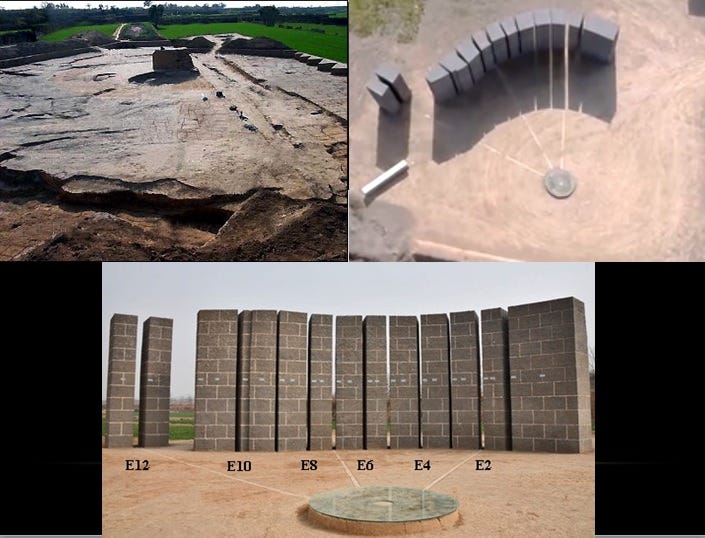
Chinese archeo-astronomers have reconstructed the site to test the accuracy of the positioning of the stone pillars that cast the shadows to mark the seasons and was confirmed as a functional observatory to observe the sunrise in order to determine the start of the seasons. This recent find has proven to now be the oldest astronomy observatory in the world, constructed and used during the Middle Taosi Period (21st century BC).
The Chinese have thus been observing and cataloguing the heavens for over 4000 years!
More Recently…
FAST (five hundred meter aperture spherical radio telescope), nicknamed Tianyan (天眼, lit. “Sky Eye” or “The Eye of Heaven” was completed in 2016, and is located in Guizhou Province in China. It is the world’s largest filled-aperture radio telescope.

The telescope made its first discovery of two new pulsars in August 2017 and are 16,000 and 4,100 light years away.
With FAST, we can observe more distant celestial bodies with fainter brightnesses. It is thus a powerful tool for detecting pulsars at great distances. FAST is equipped with multi beam receivers which can detect thousands of pulsars in the Milky Way.
It is theorised that a pulsar is a highly magnetized rotating neutron star that emits a beam of electromagnetic radiation. This radiation can be observed only when the beam of emission is pointing toward Earth (much like the way a lighthouse can be seen only when the light is pointed in the direction of an observer). Neutron stars are very dense, and have short, regular rotational periods. This produces a very precise interval between pulses that ranges from milliseconds to seconds for an individual pulsar. Pulsars are one of the candidates for the source of ultra-high-energy cosmic rays.
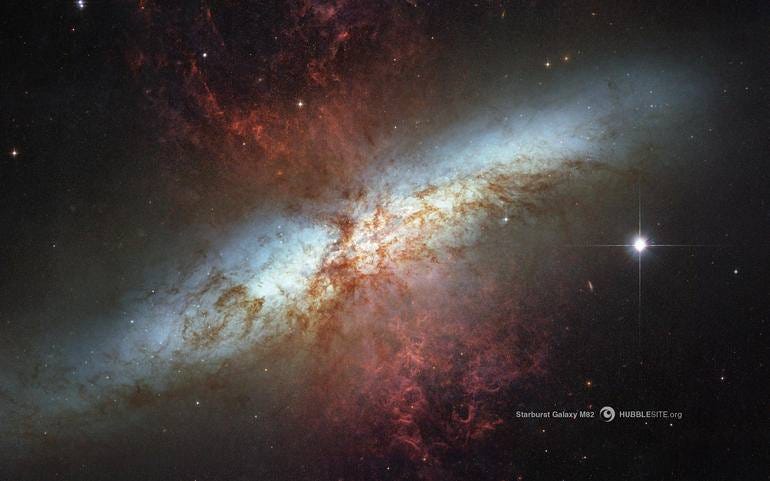
This picture is thought to be a pulsating dead star that appears to be burning with the energy of 10 million suns, making it the brightest pulsar ever to be detected. The pulsar was found in the galaxy Messier 82 (M82), a relatively close galactic neighbor 12 million light-years from Earth.
What is the significance of the Crab Nebula?
The Crab Nebula is thought to be a supernova remnant in the constellation of Taurus. At the center of the nebula lies the Crab pulsar, a neutron star 28-30 kilometres wide with a spin rate of 30.2 times per second which emits pulses of radiation from gamma rays to radio waves.
It is still generally the brightest persistent source in the sky.

Recently, as in this past month, the Crab Nebula hit Earth with the highest energy gamma rays ever detected.
What does this tell us about the Crab Nebula? By our increased ability to detect more clearly the range of energies the Crab Nebula is producing, we will be better able to understand what is organising the dense star at its center. Detecting more of these types of events will also help to explain the origins of these superpowered cosmic rays.
The process of light generation and propagation through the universe is still surrounded by many mysteries. Stars like human beings have a life cycle; they are born, they grow older and they die. It is thought that the trigger of a star’s life is gravity, the gravitational force pulls together the original nebula, a cloud of hydrogen, because of the increasing density, the temperature increases and a nuclear fusion process starts. Once this chain reaction is stable a star is born.
The Book of Changes (the oldest of the ancient chinese texts) says, “Heaven displays its signs of fortune, and the sage arrives at his interpretations”. This means that the Universe is governed by its own rules. If you obey those rules, you will win favour; if not, you may suffer from disasters. Wise people know the rules of the Universe, and they act accordingly.
The purpose of astronomy has always been to study the correlation between man and the Universe, instead of the Universe by itself. The chinese thought and still think of the Universe as the relationship among the heavens, the earth and humans. The three parts are unified as a harmonious whole and can communicate with each other.
Recently, Ye Peijian Head of the Chinese Lunar Exploration Program said
The universe is an ocean, the moon is the Diaoyu Islands, Mars is Huangyan Island. If we don’t go there now even though we’re capable of doing so, then we will have failed our descendants.
In a very real way, space is our new unexplored ocean, with the planets and moons as forms of land. And the space station as our international port, with individual space ships, as well, ships on the sea. However, there is an immense qualitative difference between ocean navigation and space navigation. Unlike the news blips that sell on fabricating drama. Our ability to function in space has always been based on cooperation. And despite it being the common thing, that your crew members in space all speak a different native language than you, there is an undeniable union shared which may have appeared on earth as a giant gulf of difference. This is a joint mission of human kind, and it will only flourish as a joint mission.
Let us dare to imagine the potential behind the unknown!

Cynthia Chung is the President of the Rising Tide Foundation and author of the books “The Shaping of a World Religion” & “The Empire on Which the Black Sun Never Set,” consider supporting her work by making a donation and subscribing to her substack page Through A Glass Darkly.
Also watch for free our RTF Docu-Series “Escaping Calypso’s Island: A Journey Out of Our Green Delusion” and our CP Docu-Series “The Hidden Hand Behind UFOs”.




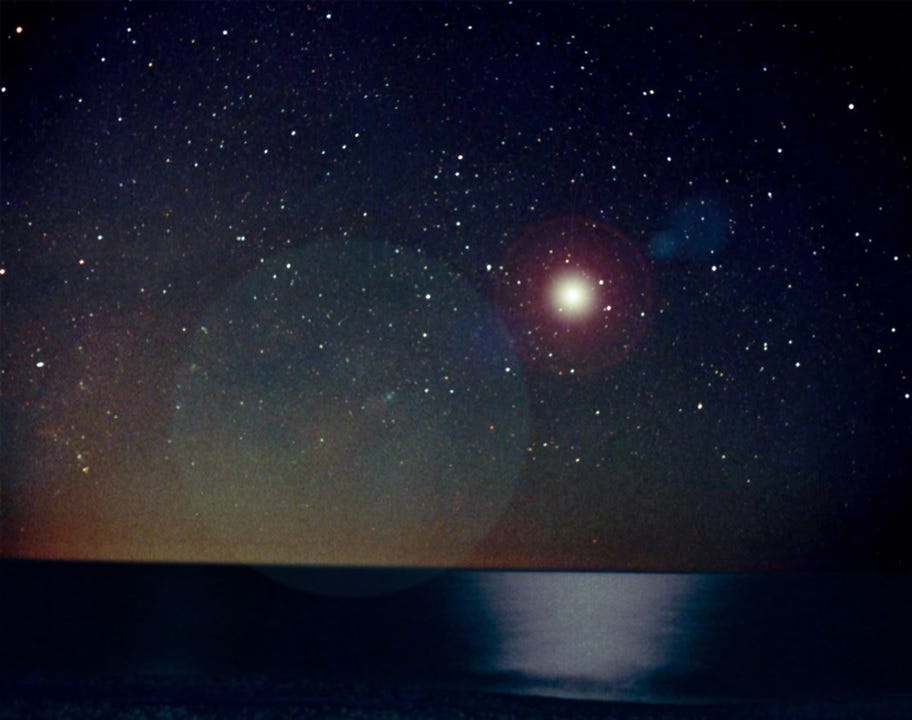
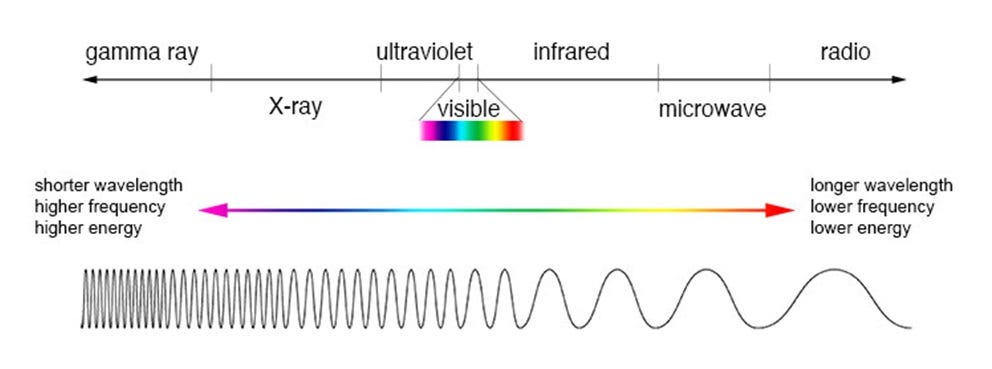




Look out at the night sky and wonder.
No more is necessary.
In other words, all life is imagination.
Imagine...
enjoyed the article!